8. The Duke of Burgundy
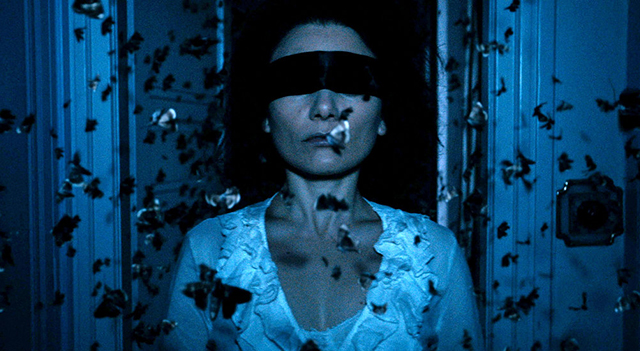
The third film from writer-director Peter Strickland (Berberian Sound Studio) is a pastiche of erotic exploitation cinema from the 70s––Jess Franco and Jean Rollin float to mind with soap bubble inertia––with no deficit of idiosyncrasy, imagination, or veiled decorum, either. Existing in a pocket universe inhabited wholly by women, The Duke of Burgundy offers tactile pleasures at every turn, Euro-smut has never looked so lovely, salacious, or finely detailed.
Nic Knowland’s overripe lensing, Pater Sparrow’s effete yet plush production design, and Mátyás Fekete nostalgic and almost gimmicky editing––featuring, for instance, freeze-frames that relax into fleshy pink ambiguity––make for an artificial world that moans with titillation and mystery at every inviting wheeze. This is a film of mystery, lucid dreaming, closed door transgressions, and artful fetish from an exciting cinematic pariah. Not to be missed.
7. Sicario
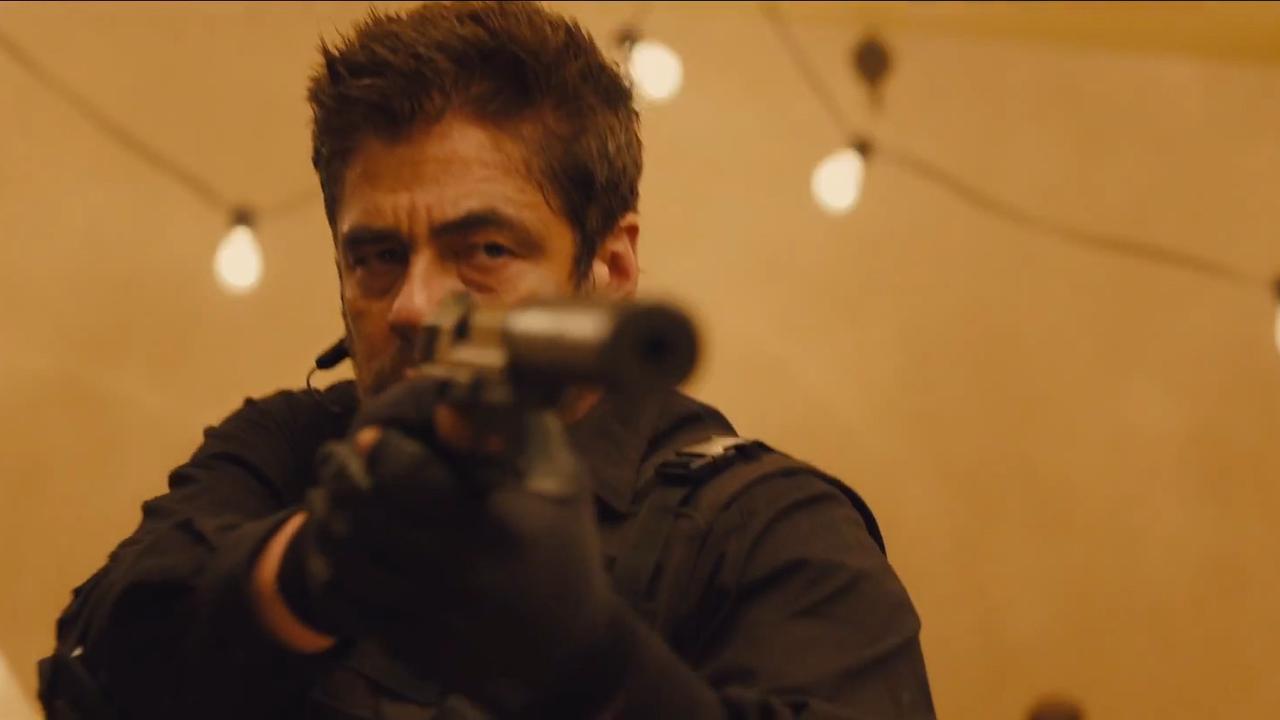
Québécois filmmaker Denis Villeneuve’s visually arresting drug war epic, Sicario, teases a hard, washed-out look, one teeming with realistic sophistication and immediacy courtesy of DP Roger Deakins. Marking Deakins’ second film with Villeneuve, after Prisoners, they compliment one another incredibly well in what’s a ravishing, savagely beautiful spectacle.
As Kate Mercer (Emily Blunt) joins an elite U.S. governmental task force warring with Mexican drug cartels, Villeneuve creates visuals of archetypal urgency and chimerical potency as in a standout sequence in a nocturnal tunnel that obtains a mythic Orphean quality that subtly places Kate in a Eurydice-like position.
Another action scene, at the Bridge of the Americas, is one of the most intense and fist-pumping firefights in recent memory. Sicario is formidable and ferocious, its moral and political slant making for compelling cinema of the highest pedigree.
6. Son of Saul
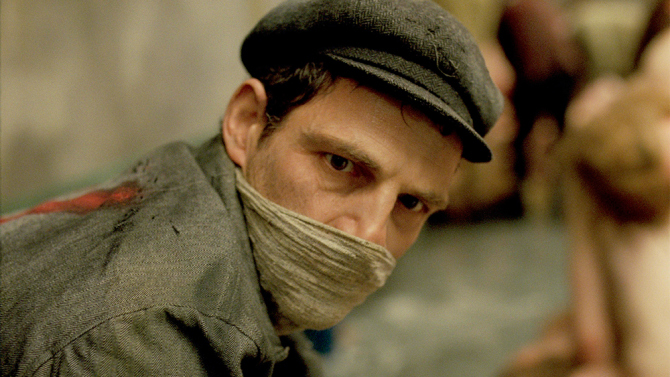
Hungary’s László Nemes harrowing and brutal Holocaust drama Son of Saul is an astonishing debut from a director to keep both eyes on. Abetted by Mátyás Erdély’s muscular cinematography, the duo use a subjective camera for the duration of the film, tying the audience with Saul (a brilliant Géza Röhrig) and adding immeasurably to the immersive experience of a trapped Hungarian Jew forced to help the Nazis in Auschwitz.
Athletic long takes are choreographed intricately, and in ways that often obscure the focus, causing uncertainty, and anxiousness in the viewer. Soon troubling sequence follows after troubling sequence, piled one over the other like the victims of this too real tragedy. Son of Saul s a transformatively gut-wrenching experience and a masterclass in formalist technique and a masterpiece of anti-war movie making.
5. Hard To Be a God
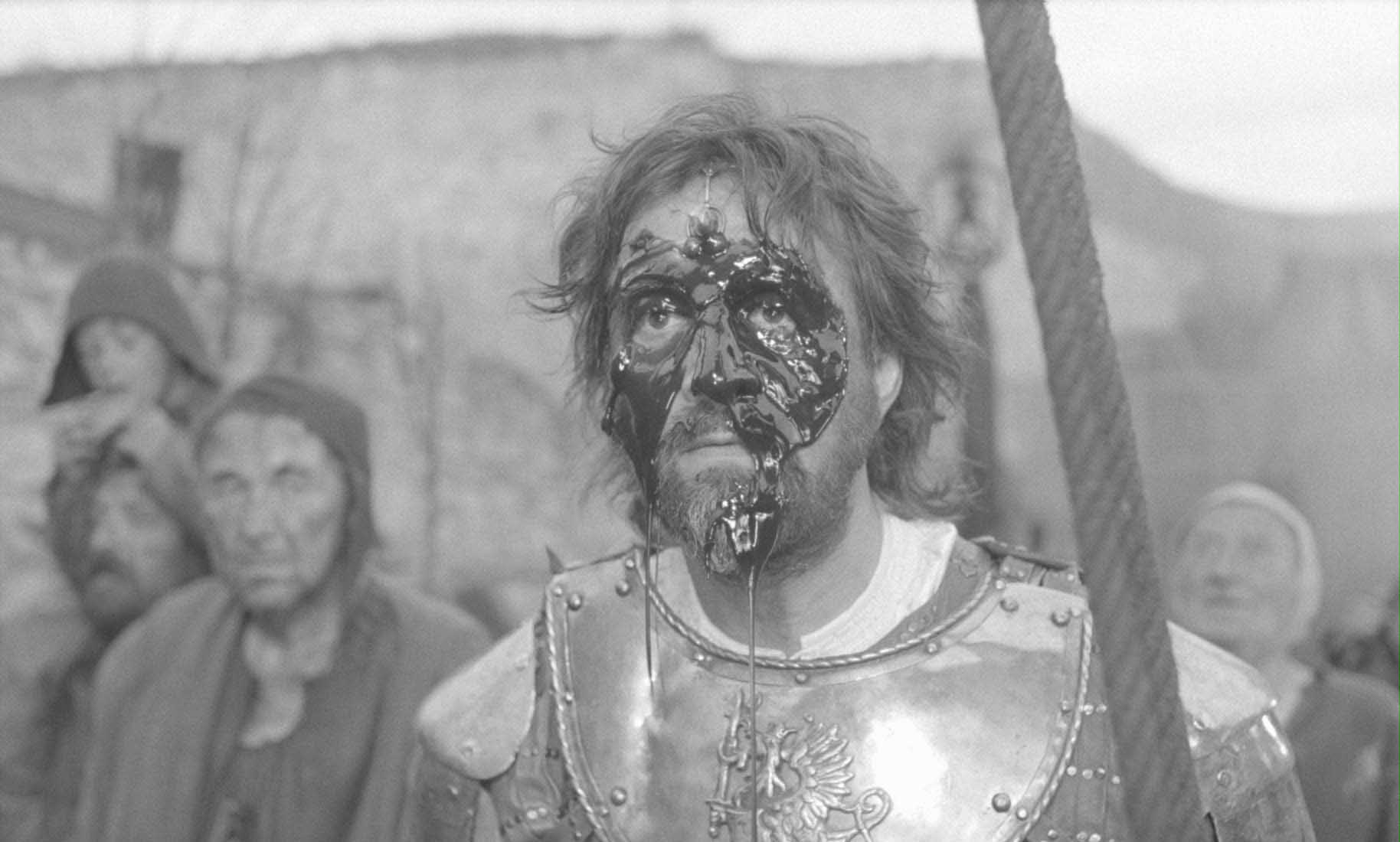
The long-gestating final film of Russian cinema heavyweight Alexei Gherman (My Friend Ivan Lapshin) spent decades in pre-production, was filmed over a six year period and spent years in post, and was finished posthumously by Gherman’s son, and finally released in North America in 2015, Hard To Be a God is that rare reward of visceral cinema, and an epic in every sense of the word.
Adapted from the underground sci-fi cult novel by Arkady and Boris Strugatsky––the sibling duo who penned Tarkovsky’s Stalker––Gherman’s crowning achievement takes place on an alien planet Arkanar, eerily like our own only here the Renaissance never happened, resulting in a never-ending Middle Ages nightmare.
Gherman’s richly detailed black-and-white cinematography recreates Bosch-like tableau and Bruegelian details of barbarity and beauty. If a more immersive, ingrained and extravagant film than this hit North America in 2015 we didn’t see it, and no one who saw Hard To Be a God will ever forget it.
4. Carol
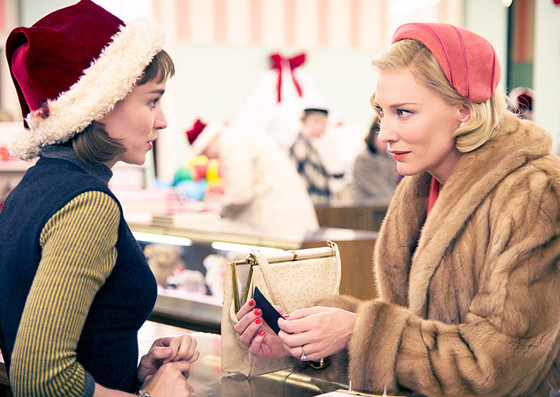
Todd Haynes’ Carol is a swooning and subtle Sirkian weepie, and the lesbian agnate to Rainer Werner Fassbinder’s Ali: Fear Eats the Soul. Ostensibly a nostalgic soap opera, Haynes takes pains so that each shot and every frame therein is carefully constructed, paying homage to 50s cinema, yet with an emotional depth that’s strictly contemporary.
Using a somewhat subdued color palette, the New York backdrop is elaborate and intense, matching the slow burn love story with elegance and understatement. Haynes shows such nimble naturalism and perceptivity in Carol, crafting a richly detailed and meticulously crafted masterpiece that ranks amongst his best work, and certainly one of his most quixotic.
3. Mad Max: Fury Road
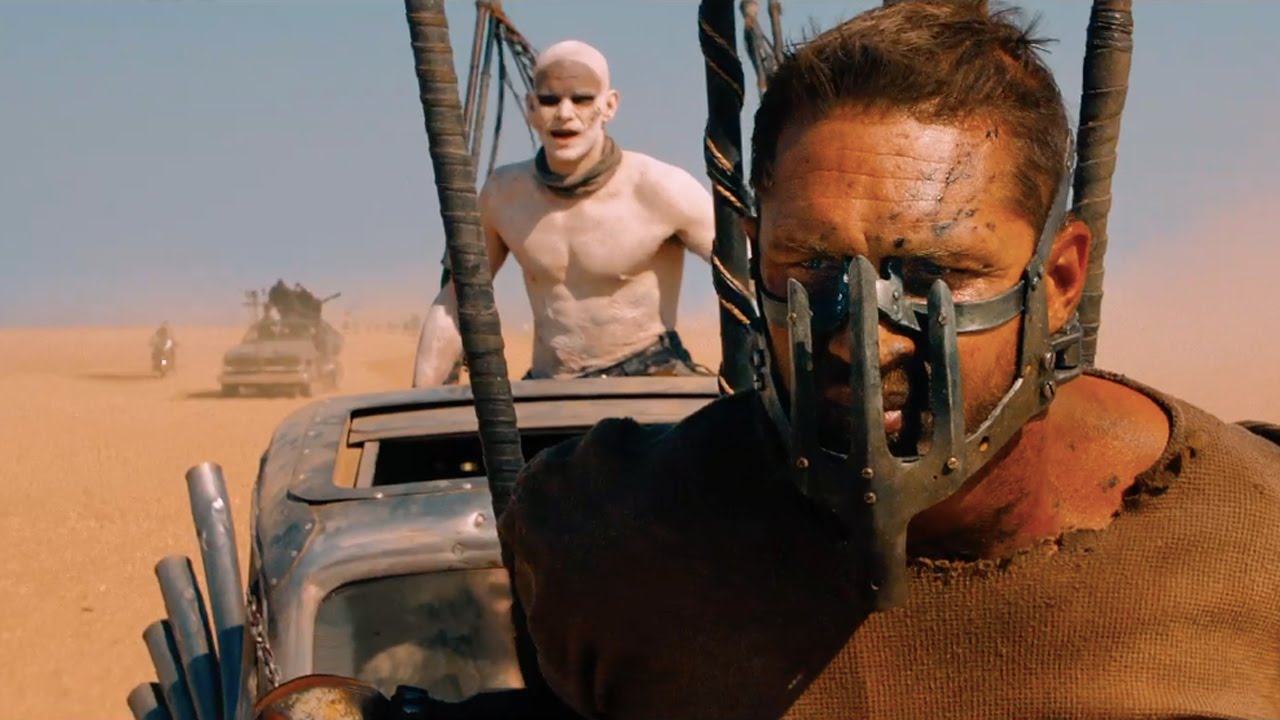
George Miller’s Mad Max: Fury Road offers up the ultimate chase movie as he retools the motorcade mayhem first glimpsed in The Road Warrior, the first of his Mad Max sequels.
Riding shotgun with Miller is his editor and wife Margaret Sixel who helps clearly define for the audience the spatial relationships of the many elements––vehicles, characters, etc––specifically the crazy quilt cause-and-effect maneuverings of fast-paced and ever-moving mayhem. The physics of action cinema have rarely if ever been so pronounced and so astonishing.
The post-apocalyptic cosmology of Mad Max: Fury Road is also augmented by Colin Gibson’s alternately gorgeous and grotesque production design, Jenny Beavan’s costumes, and John Seale’s in succession trembling and tranquiil lens. Any way you cut it, Fury Road is a genre fan’s fantasy full realized and a pièce de résistance writ courageously large.
2. The Assassin
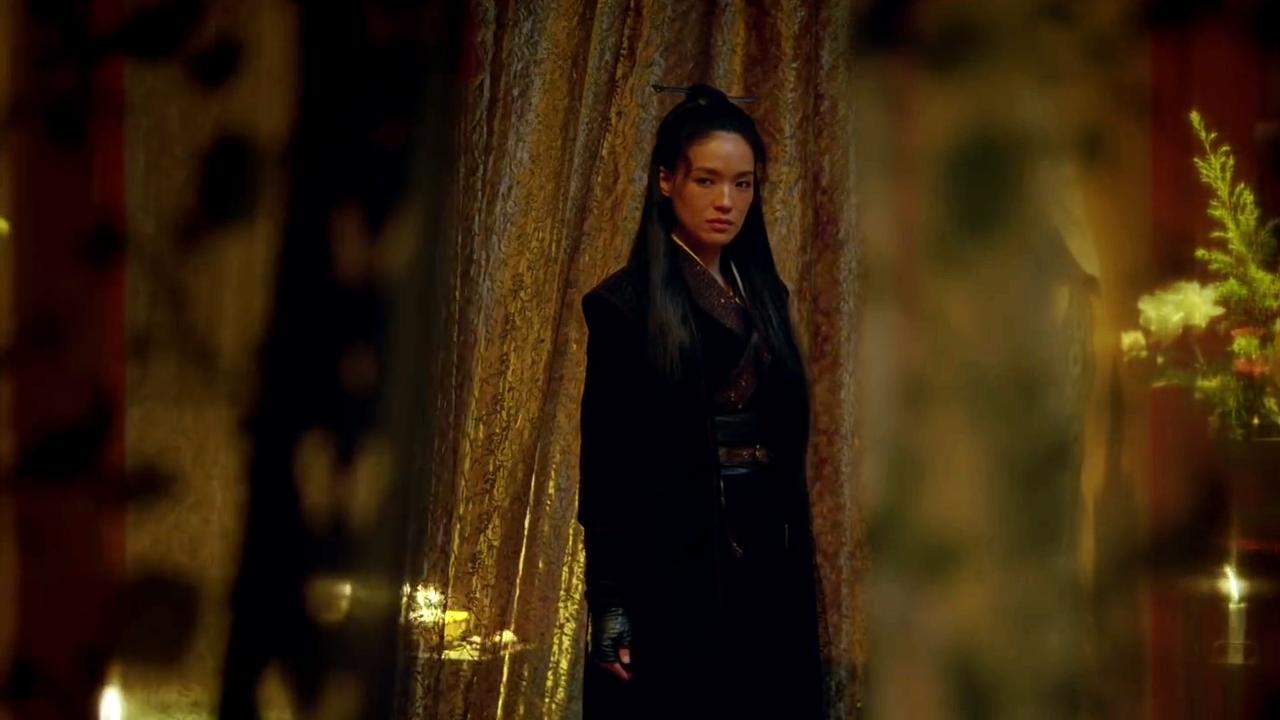
Set during the 9th-century Tang Dynasty, in China, legendary Taiwanese director Hou Hsiao-hsien (Millennium Mambo) approaches the wuxia genre with his signature contemplative style and celebrated formalism.
Buoyed by his long-time cinematographer Mark Lee Pin-bing, The Assassin bubbles over with exacting, lush, and languid period details, and roving, restless long takes of landscapes and exquisitely lit set pieces that overpower the frame and dominate the doomed characters within it.
Hou’s startling use of the antiquated four-by-three aspect ratio magically enhances the daring breadth of vision while sublimely surrendering numerous tactile moments of graceful symmetry and ravishing accomplishment. For all its manifold charms and entrapments, perhaps the most star power is sustained from Hou regular, Shu Qi, whose beauty, dazzle, and depth as the titular assassin dominates this exceptional film.
1. The Revenant
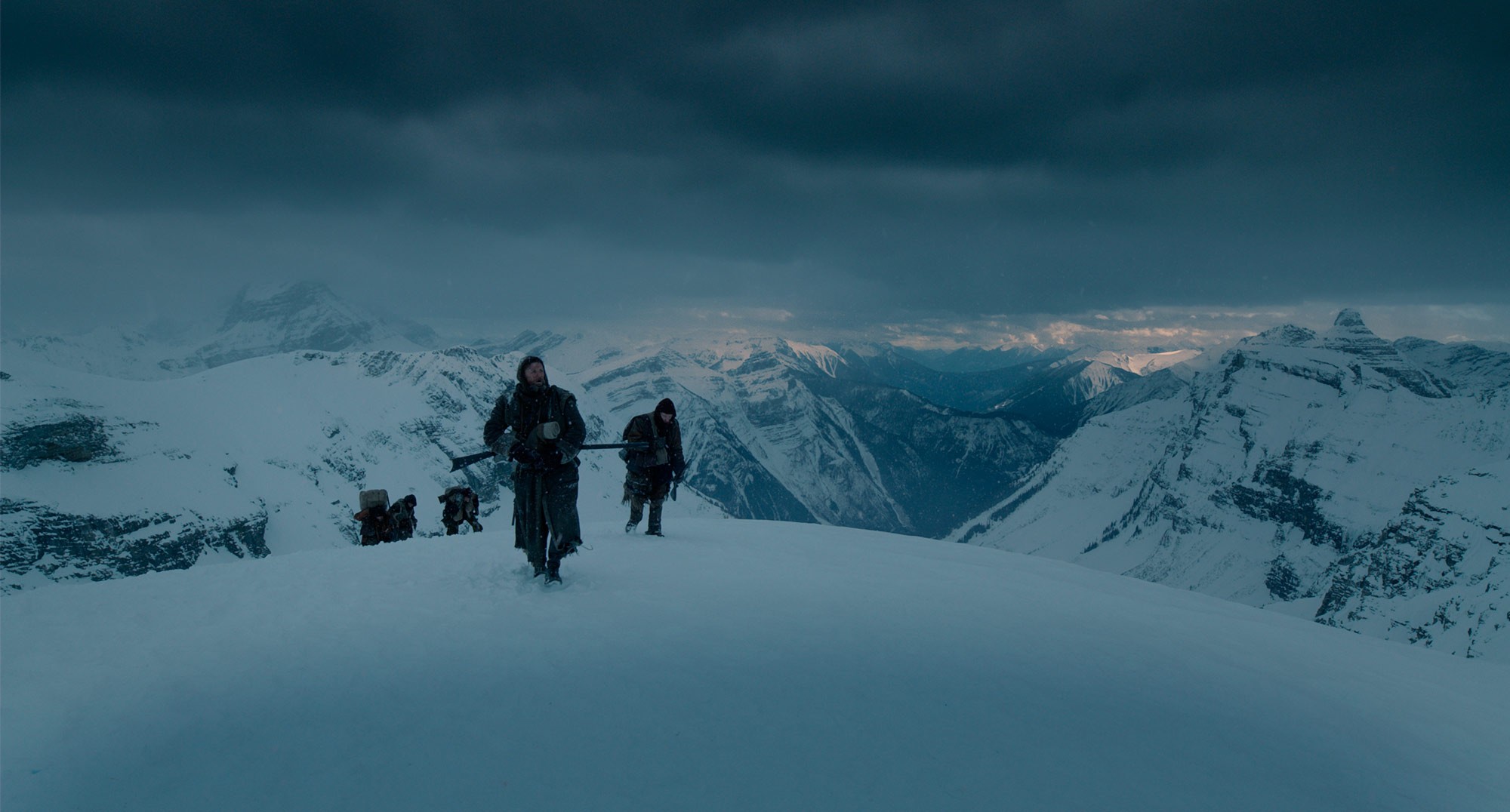
Mexican director Alejandro González Iñárritu has always been a visually arresting filmmaker and with The Revenant he’s crafted a compelling study of obsession on a monstrously mammoth scale. Using only natural light––mostly during magic hour––Iñárritu and his seemingly supernatural DP Emmanuel Lubezki capture the rhythms of nature, the sweeping vast stillness of the frontier, and the bleeding black heart of Manifest Destiny-crazed colonialists in 1800s North America.
The Revenant erupts with violence and upset, it also gambols with languid long takes, quiet calm, and a naturalistic beauty that renders elegance and symmetry seemingly from the firmament. The clash of cultures between Native Americans and European settlers hasn’t seen this kind of sumptuous camerawork and compassion since Terrence Malick’s The New World (also lensed by Lubezki).
Iñárritu should be considered cinema’s transcendental poet laureate of the wide-framed moving image; his devotion and veneration for the natural world is contained in every second of The Revenant, easily one of the most precious gems of modern moviemaking, its beauty and presence is boundless.
Author Bio: Shane Scott-Travis is a film critic, screenwriter, comic book author/illustrator and cineaste. Currently residing in Vancouver, Canada, Shane can often be found at the cinema, the dog park, or off in a corner someplace, paraphrasing Groucho Marx. Follow Shane on Twitter @ShaneScottravis.